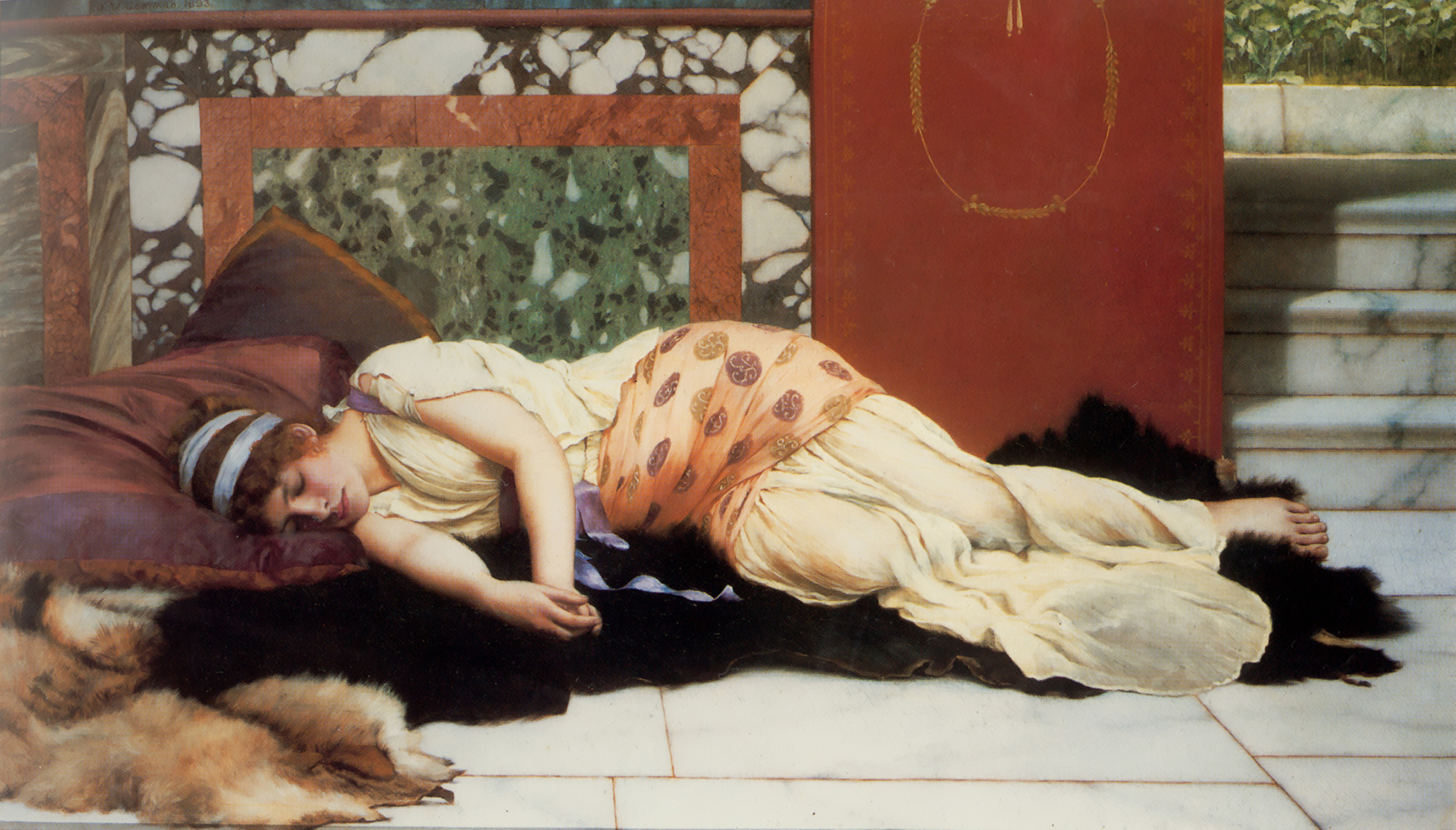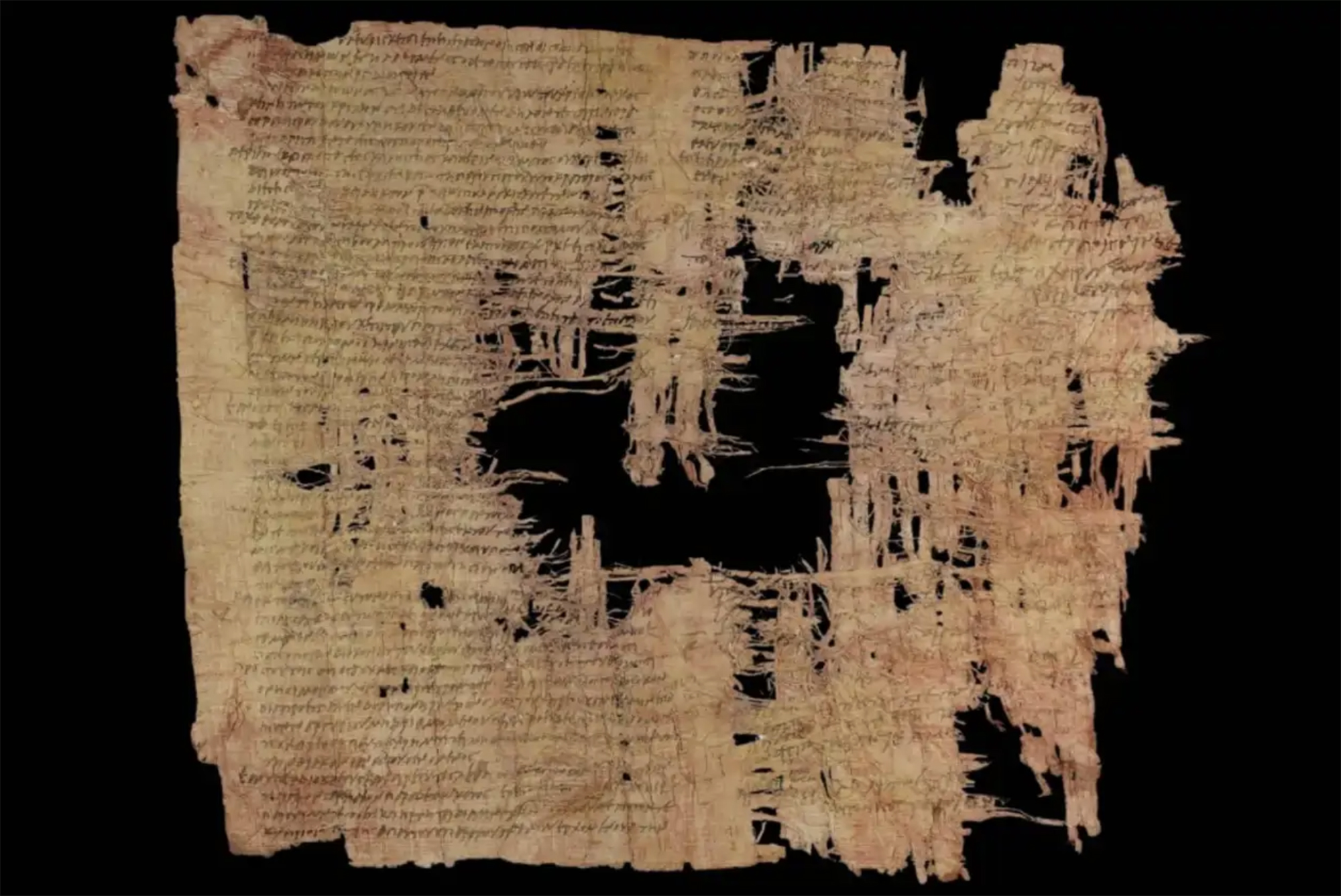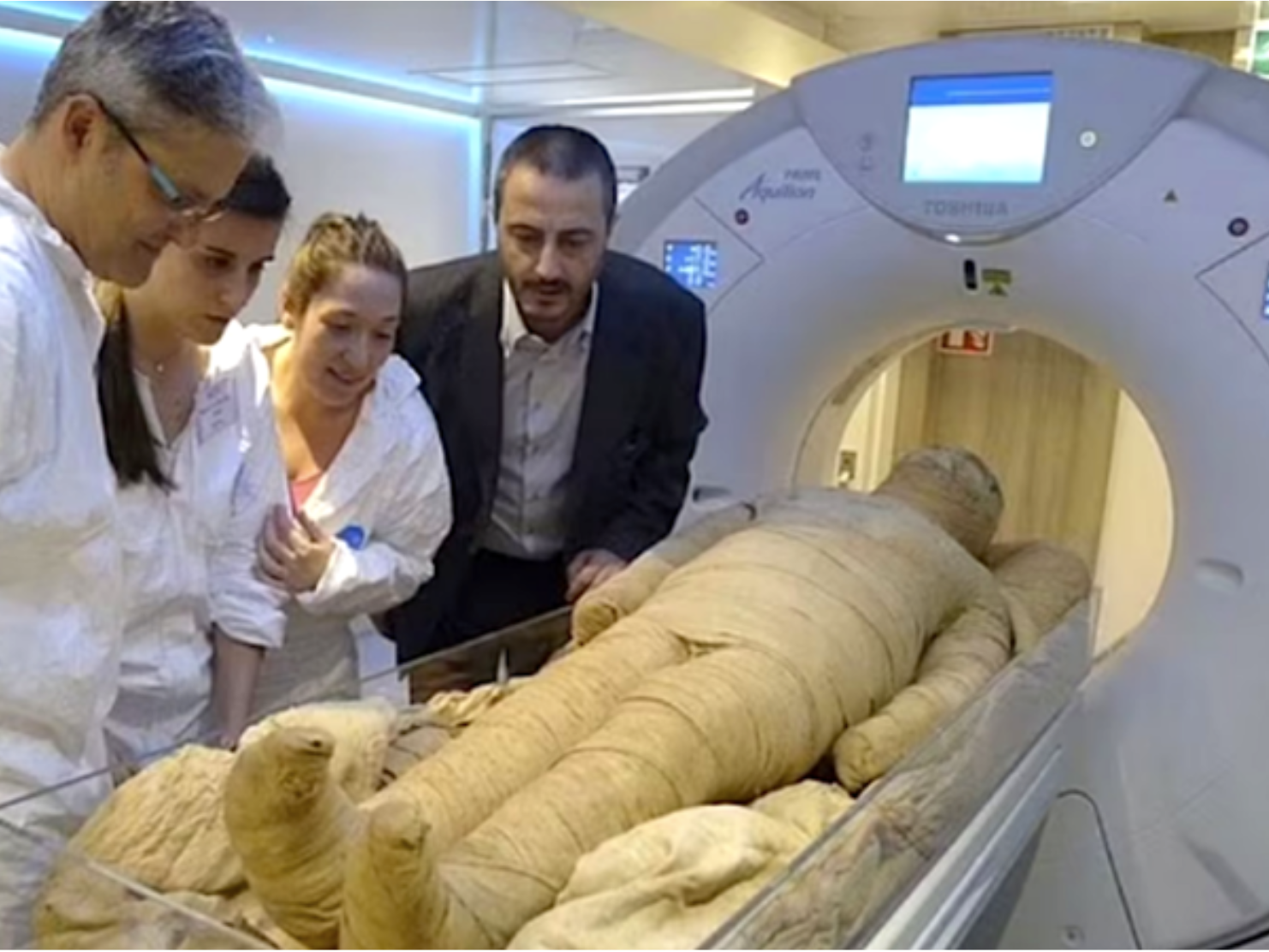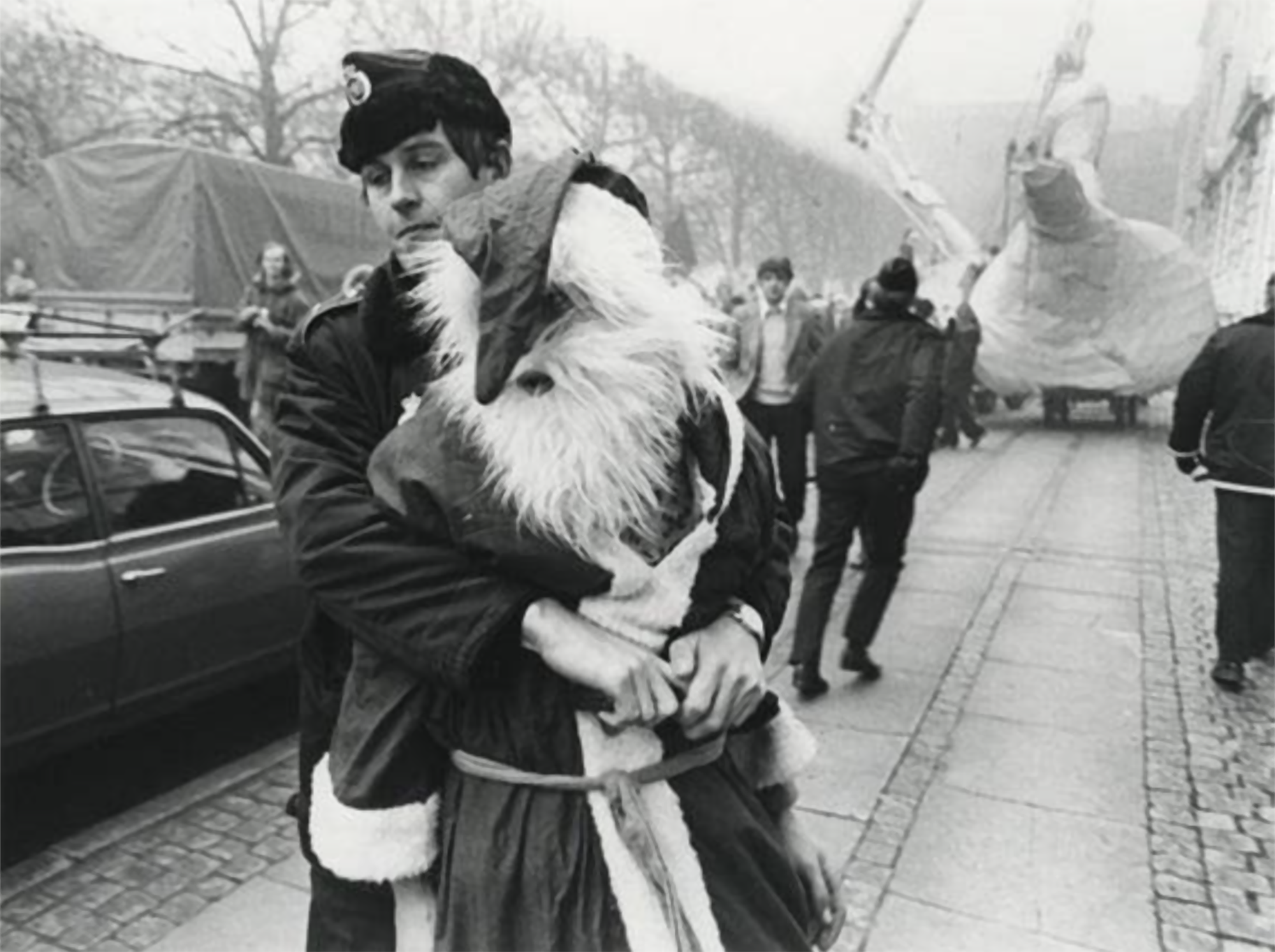Industrialization changed the dream.
- London, 17th century. The criminal documents of the city archives collected a number of references to sleep, which referred to the “first dream” and the “second dream”, as well as the description of what was done in the intermediate period.

When American historian Roger Ekirch appropriated it, he decided to investigate the issue further and in 2001 Sleep We Have Lost: Pre-Industrial Slumber in the British Islands ("The dream we have lost: Pre-industrial lethargy in the British Isles”), published in The American Historical Review.
Ekirch explored other European archives, letters and publications of all kinds, concluding that in the Europe of the Modern Age the two-phase prevailed. Pre-industrial Europeans slept at dusk. After two or three hours of sleeping, they woke up to midnight. During this speech period, some remained in bed, praying, reflecting or maintaining sexual intercourse. Others got up and engaged in housework, or talked to neighbors. And, as criminal files have shown, there were also people who used to steal.
Industrialization and, in particular, artificial light led to the modification of natural sleep habits. Or, in other words, what industrialization imposed was allowed by artificial light.
This habit could come from the Middle Ages and originate in Christianity. In the sixth century the monk St. Benedict forced him to wake up for prayer at midnight and it could be thought that this Benedictine habit spread to the whole of society. But Ekirch reviewed the classical authors and found references to biphasic sleep in his writings of Homer, Tito Livio or Plutarco. He also says that today, in many isolated communities without artificial light, they still sleep twice.
This idea was endorsed by an experiment in the 1990s. Maryland (EE.UU. ), NIMH psychiatrist Thomas Wehr, established “prehistoric” sleep conditions for several subjects and, in a few weeks, all tended to a fragmented sleep.
Industrialization and, in particular, artificial light led to the modification of natural sleep habits. Or, rather, what was imposed by industrialization was allowed by artificial light. The industry demanded the rigor and synchronization of workers' schedules, monetizing the time.And besides producing at work, workers had to consume it on the street so that the machinery of the new system worked properly. In the middle of the 18th century, the first streetlights were installed in major European cities, illuminating the bad habit of a single dream.
More and more professionals say that biphasic sleep is healthier, but they are aware that in this post-industrial society it is impossible to return to natural sleep.
Luxorren, Erregeen Haranetik gertu, hilobi garrantzitsu baten sarrera eta pasabide nagusia aurkitu zituzten 2022an. Orain, alabastrozko objektu batean Tutmosis II.aren kartutxoa topatu dute (irudian). Horrek esan nahi du hilobi hori XVIII. dinastiako faraoiarena... [+]
AEB, 1900eko azaroaren 6a. William McKinley (1843-1901) bigarrenez aukeratu zuten AEBetako presidente. Berriki, Donald Trump ere bigarrenez presidente aukeratu ondoren, McKinleyrekiko miresmen garbia agertu du.
Horregatik, AEBetako mendirik altuenari ofizialki berriro... [+]
Urruña, 1750eko martxoaren 1a. Herriko hainbat emakumek kaleak hartu zituzten Frantziako Gobernuak ezarritako tabakoaren gaineko zergaren aurka protesta egiteko. Gobernuak matxinada itzaltzeko armada bidaltzea erabaki zuen, zehazki, Arloneko destakamentu bat. Militarrek... [+]
In the Maszycka cave in Poland, remains of 18,000 years ago were found at the end of the 19th century. But recently, human bones have been studied using new technologies and found clear signs of cannibalism.
This is not the first time that a study has reached this conclusion,... [+]
Porzheim, Germany, February 23, 1945. About eight o’clock in the evening, Allied planes began bombing the city with incendiary bombs. The attack caused a terrible massacre in a short time. But what happened in Pforzheim was overshadowed by the Allied bombing of Dresden a few... [+]
Poloniar ikerlari talde batek Sevillako Italica aztarnategiko Txorien Etxea aztertu du, eta eraikinaren zoruko mosaikoak erromatar garaiko hegazti-bilduma xeheena dela ondorioztatu du.
Txorien etxean 33 hegazti daude mosaikoetan xehetasun handiz irudikatuta. Beste... [+]
Judea, 2nd century AD. In the turbulent atmosphere of the Roman province, a trial was held against Gaddaliah and Saul, accused of fraud and tax evasion. The trial was reported on a 133-line paper in Greek (pictured). Thinking that it was a Nabataean document, the papyrus was... [+]
Vietnam, February 7, 1965. The U.S. Air Force first used napalma against the civilian population. It was not the first time that gelatinous gasoline was used. It began to be launched with bombs during World War II and, in Vietnam itself, it was used during the Indochina War in... [+]
Archaeologists have discovered more than 600 engraved stones at the Vasagård site in Denmark. According to the results of the data, dating back to 4,900 years ago, it is also known that a violent eruption of a volcano occurred in Alaska at that time. The effects of this... [+]
Japan, 8th century. In the middle of the Nara Era they began to use the term furoshiki, but until the Edo Era (XVII-XIX. the 20th century) did not spread. Furoshiki is the art of collecting objects in ovens, but its etymology makes its origin clear: furo means bath and shiki... [+]
In an Egyptian mummy of 3,300 years ago, traces of Yersinia pestis, the bacterium that caused the Justinian plague in the 6th century and the Black Plague in the 14th century, have just been found.
Experts until now believed that at that time the plague had spread only in... [+]
Greenland, the end of the 10th century. The first Scandinavian explorers and settlers arrived on the island. But by the 15th century these settlements had been abandoned and the original Inuit remained. But in 1721, the missionary Hans Egede organized an expedition and the... [+]
In 2017, Indonesia and the Netherlands signed an agreement to return the heritage stolen by the European country because of colonialism for three centuries. The Indonesian responsible for the return process, Gusti Agung Wesaka Puja, explained that this agreement "was important in... [+]
Greece 1975. The country began the year as a republic, three weeks earlier, in the referendum on 8 December 1974, after the citizens decided on the end of the monarchy.
A decade earlier, in 1964, when King Paul I died, his son Constantine took the throne at the age of 23.
But... [+]
Copenhagen, 18 December 1974 At 12 noon a ferry arrived at the port, from where a group of about 100 Santa Claus landed. They brought a gigantic geese with them. The idea was to make a kind of “Trojan Goose” and, upon reaching the city, to pull the white beard costumes... [+]

























